Last Updated on June 15, 2025 by Maged kamel
Types of assets?
This post provides a more detailed explanation of assets and discusses the Terminology of Assets for item number 1, as shown in the next slide image.
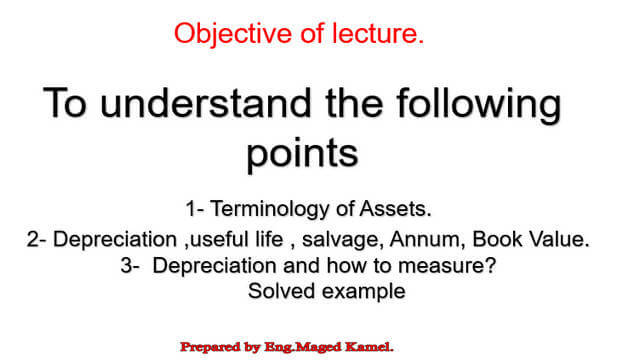
The general definition of types of assets.
Based on Physical Existence: Tangible assets are types of assets that can be seen. For instance, in the construction field, we need land, cash for site expenses, machinery like excavators, and office supplies to construct buildings. Other examples include inventory, a building, rolling stock, manufacturing equipment or machinery, and office furniture. There are two types of tangible assets: inventory and fixed assets.
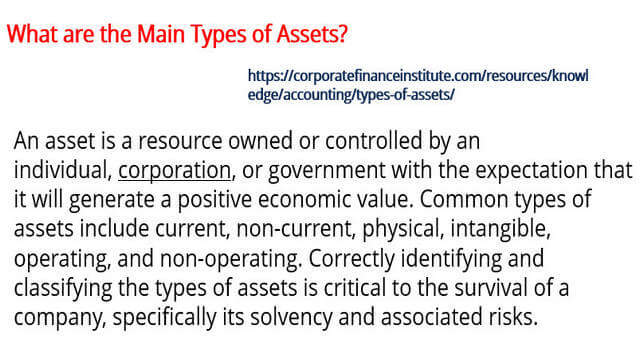
Intangible assets are types of assets that can not be seen; for instance, Goodwill, a reputable company, can take loans from banks or gain many from patents or brands, trade secrets, etc. Please find the list of Assets in the next slide image.
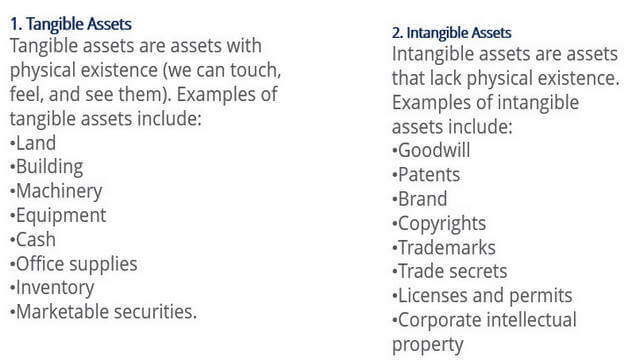
Again, assets are classified based on whether they are current or fixed. 1. Based on Convertibility.
In the next slide image, there are two main categories of Assets. The first category is current assets that contain cash and notes receivable, which will be discussed in part 2, Marketable securities, materials, and supplies.

What are the Fixed assets?
Fixed assets are fixed in that they are not readily convertible into cash. They require elaborate procedures and time for their sale and are converted into cash: land, buildings, plants, machinery, and equipment.
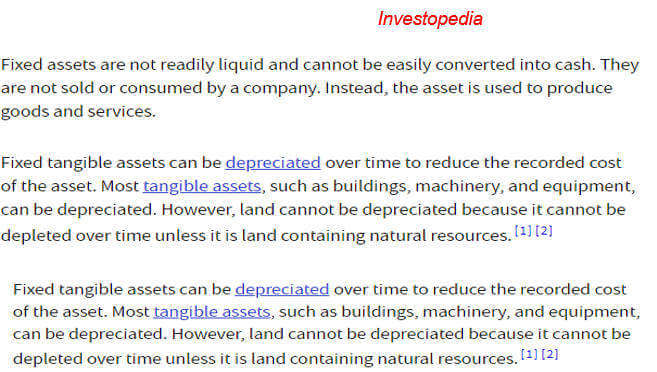
Furniture is an example of a fixed asset. Other names for fixed assets are non-current assets, long-term assets, or hard assets. Generally, fixed asset value reduces over time (known as depreciation).
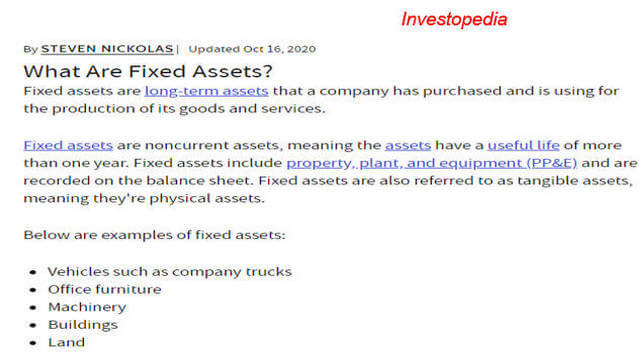
What are the current assets?
The definition is quoted from https://efinancemanagement.com/.
Current assets are one type of asset on the asset side of the balance sheet, which majorly comprises cash and bank balances, inventories, and account receivables/debtors.
The Key features of current assets are their short-lived existence, fast conversion into other assets, recurring and quick decisions, and interlinking with each other. Virtually, current asset management is almost as good as working capital management.
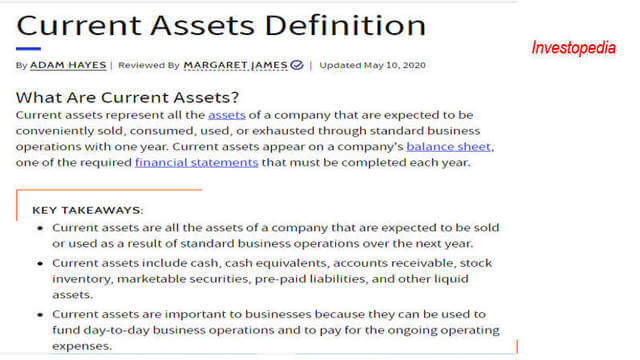
The term current asset is formed with two words: current and asset. Current means circulating, and asset means valuables. Current assets are the assets or valuables of a business that keep circulating. The typical time frame for circulation is the financial period, which is usually one year.
Cash or Bank Balances.
Cash and bank balances are the balances that a company holds for its urgent needs. These balances fluctuate, and a particular balance lasts only a week or two. The balance will be high when the customer collects and again reduced when payment is made for purchasing raw materials.
Inventories.
Inventories form all kinds of inventories, whether raw material, work-in-progress stock, or finished goods. The time frame of their conversion is also generally between 2 to 60 days, and the rest depends on the industry in which the company operates. This is an excellent link to inventory. This is the title, What Is Inventory? Definition, Types, & Examples.Key Takeaways
While there are many ways to count and value your inventory, the importance lies in accurately tracking, analyzing, and managing it. Insights gained from inventory evaluations are necessary for success as they help companies make more innovative and cost-efficient business decisions.
Inventory, which describes goods ready for purchase, directly affects an organization’s financial health and prosperity.
While there are many types of inventory, the four major ones are raw materials and components, work in progress, finished goods and maintenance, repair, and operating supplies.

Engineering Economy. This link illustrates different types of economies and how to make economic decisions—the time value of money, A good referance
There is another link to the definition of current assets: Current assets (definition), What are current assets? Examples of current assets, Current assets in accounting
The next post, Easy approach to types of assets-part-2.